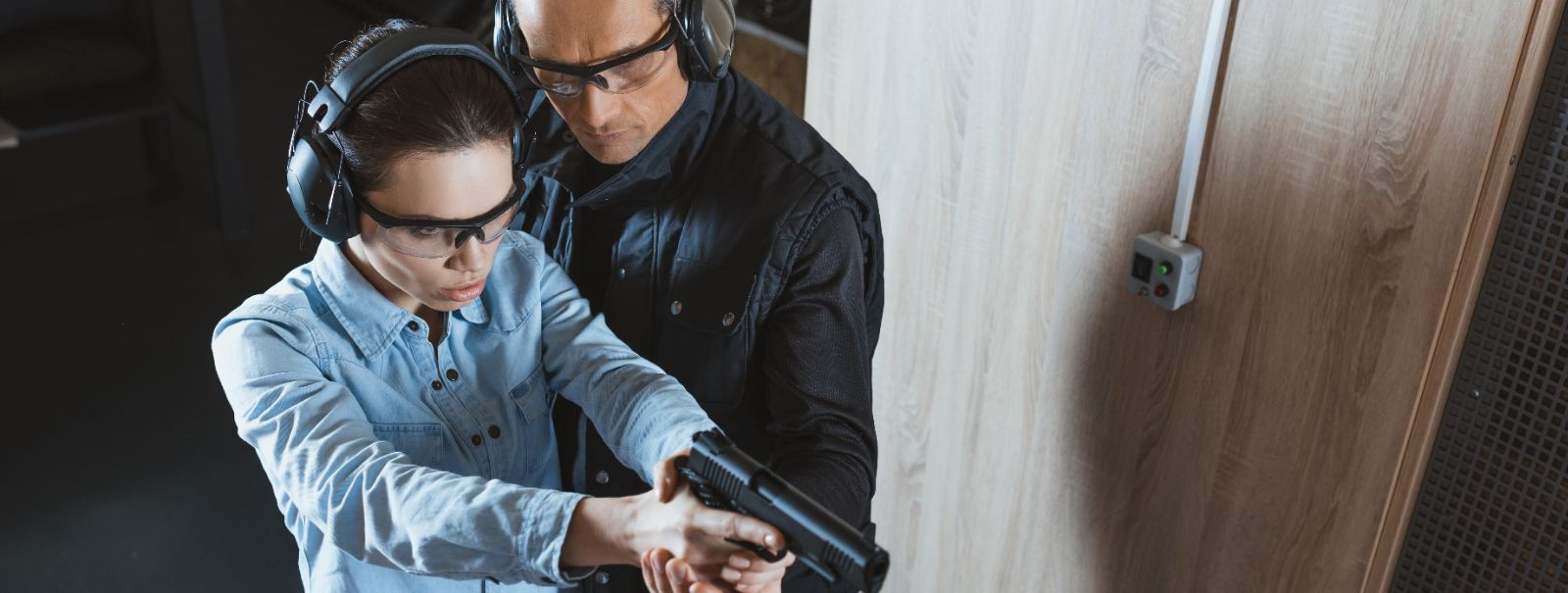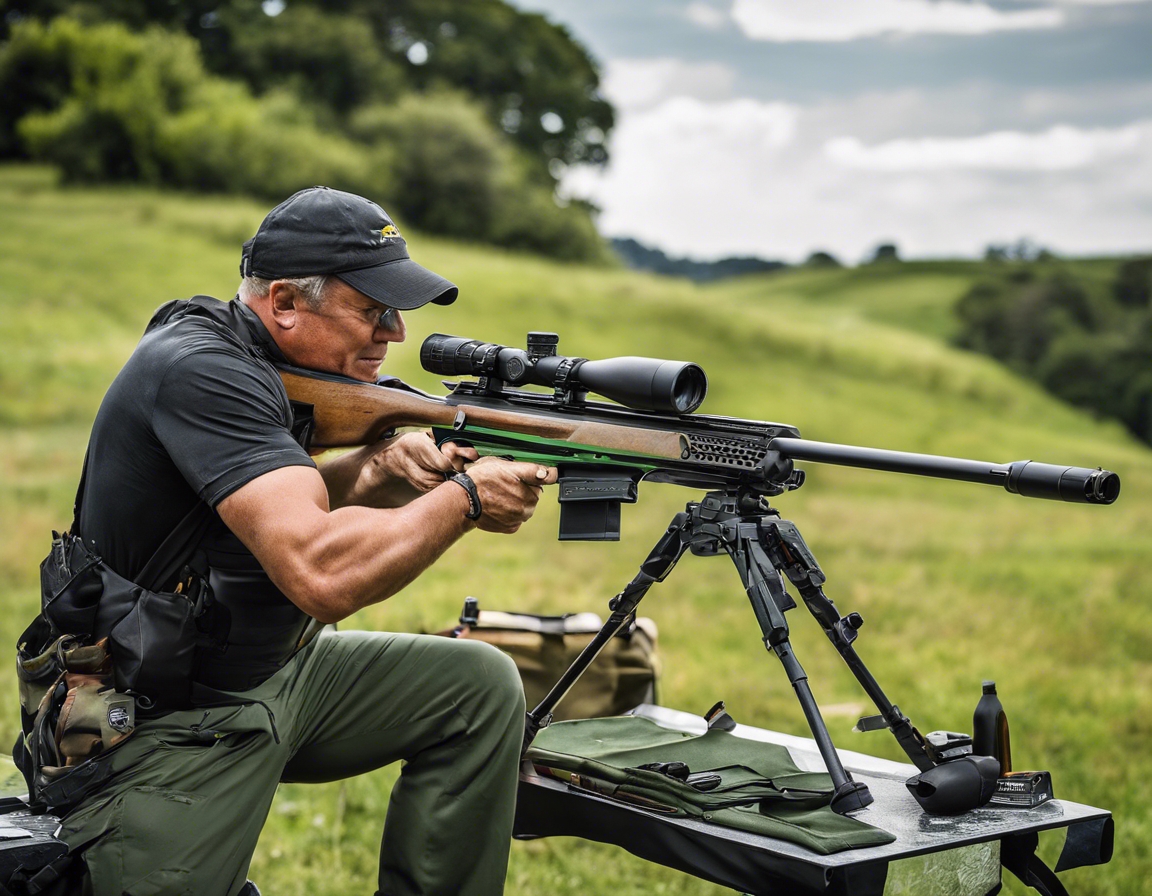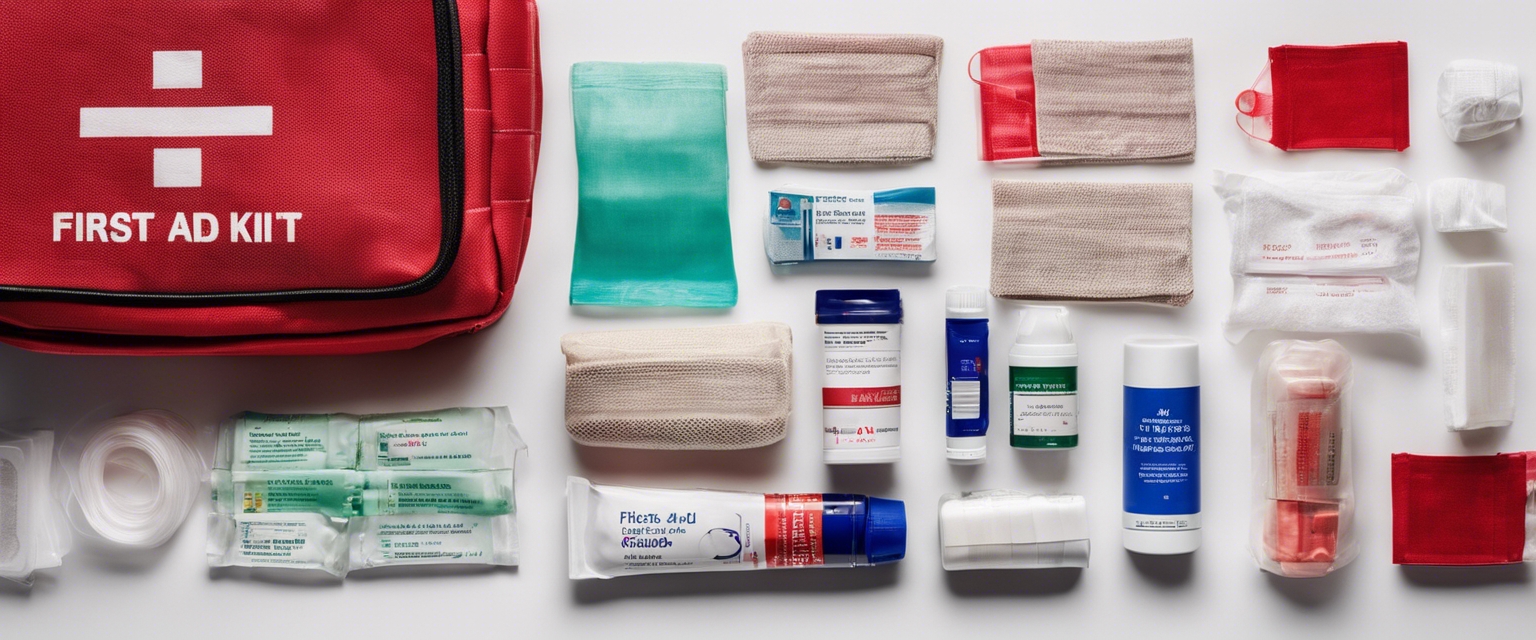The ultimate guide to choosing the right protective gear
For those in the line of duty or partaking in shooting sports, the right protective gear is not just equipment—it's a lifeline. It's the barrier between you and the hazards that come with the territory of tactical environments and shooting ranges. Understanding the critical role that protective gear plays in safety and performance is the first step in making an informed decision.
Our audience, which includes shooting sports enthusiasts, law enforcement personnel, military members, and security professionals, demands gear that meets the highest standards of reliability, precision, and durability. This guide is tailored to address those needs, ensuring that every piece of advice is relevant and actionable for our discerning clientele.
Types of Protective Gear
Body armor and ballistic vests are the cornerstone of protective gear for anyone facing ballistic threats. They come in various levels of protection, from lightweight concealable vests to heavy-duty tactical armor designed for high-threat environments.
Headgear is essential for protecting against ballistic and blunt force trauma. Modern helmets not only offer protection but also serve as a platform for mounting communication and vision enhancement devices.
Shooting activities pose significant risks to one's hearing and vision. Quality eye protection should resist impact and provide clear vision, while ear protection must effectively reduce noise levels to prevent long-term hearing damage.
Hands are vulnerable during tactical operations and shooting. Gloves should offer a balance of protection, dexterity, and grip to handle weapons and equipment safely.
From combat boots to tactical pants, every piece of clothing should contribute to the wearer's protection, comfort, and ability to perform their duties effectively.
Factors to Consider When Choosing Protective Gear
Understanding the threat level you're likely to encounter is crucial in selecting gear with the appropriate protection rating. This ensures that the gear can withstand the specific hazards of your environment.
The materials used in protective gear determine its durability and longevity. High-quality materials can mean the difference between gear that saves lives and gear that fails when it's needed most.
Protective gear must fit well and be comfortable for extended wear, as discomfort can distract and hinder performance in critical moments.
While protection is paramount, gear must also allow for full range of motion and adaptability to various tactical situations.
Choosing gear from reputable brands with positive reviews can provide assurance of quality and reliability.
Specific Gear Recommendations for Different Scenarios
For those engaged in shooting sports, lightweight and flexible gear that offers protection without impeding movement is ideal.
Law enforcement officers require gear that balances protection with the need for discretion and community interaction.
Military gear must be robust, offering maximum protection in combat scenarios while supporting the diverse roles of service members.
Security professionals need gear that is both intimidating to potential threats and capable of withstanding the rigors of long shifts and various threat levels.
Maintenance and Care for Protective Gear
Proper cleaning and storage are essential to maintaining the protective qualities and extending the life of gear.
Regular inspection for wear and damage, coupled with timely replacement, ensures that gear provides optimal protection at all times.





Kommentaarid (0)